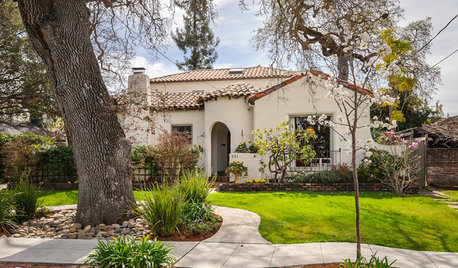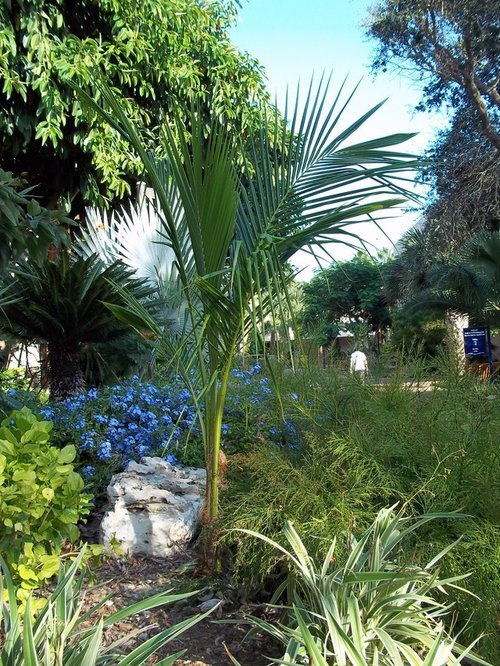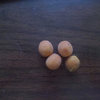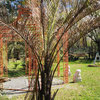Coconut Palms In Corpus Christi, Texas
coconut_palm
11 years ago
Related Stories

ARCHITECTURERoots of Style: Spanish Eclectic Homes Find a Place in the Sun
Flexible stucco, intricate tiles and more have kept this multicultural style going strong for a century
Full Story
HOME INNOVATIONSConsidering Renting to Vacationers? Read This First
More people are redesigning their homes for the short-term-rental boom. Here are 3 examples — and what to consider before joining in
Full StorySponsored
More Discussions










us_marine
coconut_palmOriginal Author
Related Professionals
Canton Landscape Architects & Landscape Designers · Bridgetown Landscape Architects & Landscape Designers · Graham Landscape Architects & Landscape Designers · Elgin Landscape Contractors · Chattanooga Landscape Contractors · Fairfield Landscape Contractors · Fort Atkinson Landscape Contractors · Matteson Landscape Contractors · Melrose Park Landscape Contractors · North Richland Hills Landscape Contractors · Palatine Landscape Contractors · Placerville Landscape Contractors · Roseville Landscape Contractors · Wethersfield Landscape Contractors · Woodburn Landscape Contractorsus_marine
miketropic
coconut_palmOriginal Author
coconut_palmOriginal Author
coconut_palmOriginal Author
tropicbreezent
coconut_palmOriginal Author
tropicbreezent
coconut_palmOriginal Author
cliff98
coconut_palmOriginal Author
cliff98
andyandy
tropicbreezent